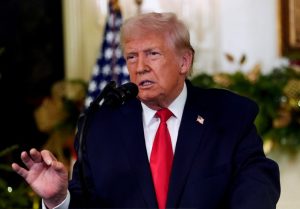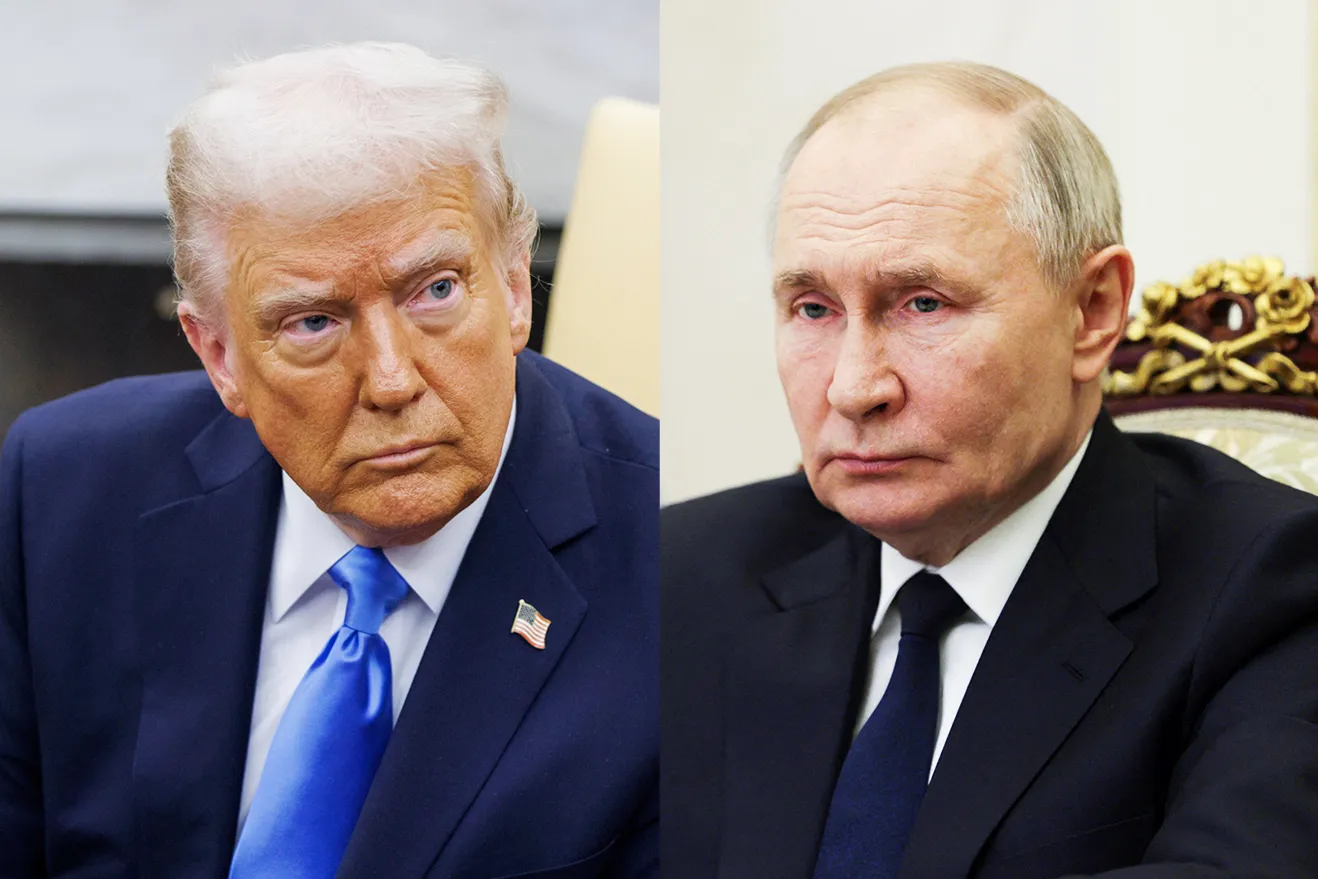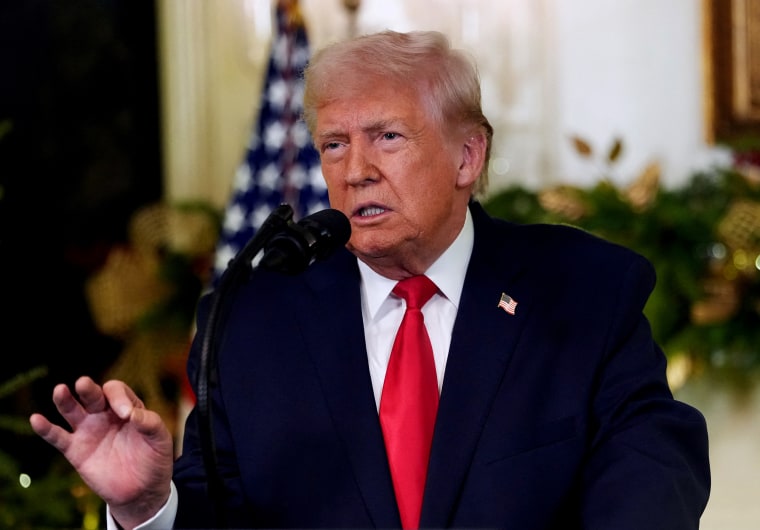NOTE: VIDEO AT THE END OF THE ARTICLE.
An already volatile international situation has reached new levels of urgency as Moscow issued a stark warning to Washington following reports that President Donald Trump may have approved plans for potential military action against Iran. What began as a regional conflict now threatens to evolve into a direct confrontation between nuclear-armed superpowers.
Tensions in the Middle East escalated dramatically in mid-June as Israel launched over a thousand strikes targeting Iranian nuclear and military infrastructure. In response, Iran retaliated with missile attacks that struck civilian areas in Israel, leading to rising casualties on both sides and growing alarm among global powers.
But the stakes changed entirely when President Trump left the G7 summit in Canada early to return to Washington for high-level national security discussions. In those meetings, Trump reportedly told advisers he would greenlight military strikes on Iran if presented with a concrete plan. While some administration officials have stressed that diplomacy remains an option, the tone from the White House has grown notably sharper, with Press Secretary Karoline Leavitt stating, “All options remain on the table.”
This shift has triggered international unease—not just for the potential of another U.S. military intervention in the Middle East, but for what it could set in motion. Russia, a longtime ally of Iran and increasingly vocal critic of U.S. foreign policy, issued a chilling statement warning of “unforeseeable consequences” if America proceeds with direct military engagement.
What truly sent shockwaves through diplomatic circles was the rare appearance of the U.S. Air Force’s E-4B “Doomsday plane” over the eastern seaboard on June 17. This aircraft, officially designated the National Airborne Operations Center, is designed to serve as a mobile command post in the event of nuclear war or national catastrophe. Its public deployment is widely interpreted as a strategic signal, underscoring the seriousness with which U.S. military leaders are now preparing for escalation scenarios.
Observers have noted that while the plane’s activation may be routine in high-alert conditions, the timing—coinciding with reports of Trump’s potential military authorization—suggests a deliberate warning to adversaries, especially Russia and Iran.
The convergence of these events—a regional war, rising civilian casualties, nuclear-armed nations signaling readiness, and provocative political decisions—has drawn urgent calls for diplomacy. Yet, with military forces mobilizing and rhetoric hardening on all sides, many fear the window for de-escalation is closing rapidly.
As global powers brace for what could come next, one thing is clear: this is no longer just a Middle Eastern crisis—it’s a flashpoint that could redraw the map of modern international relations.
PLAY:
https://www.youtube.com/watch?v=D9TdRs8Vvoo

James Jenkins is a celebrated Pulitzer Prize-winning author whose work has reshaped the way readers think about social justice and human rights in America. Raised in Atlanta, Georgia, James grew up in a community that instilled in him both resilience and a strong sense of responsibility toward others. After studying political science and creative writing at Howard University, he worked as a journalist covering civil rights issues before dedicating himself fully to fiction. His novels are known for their sharp, empathetic portraits of marginalized communities and for weaving personal stories with broader political realities. Jenkins’s breakout novel, Shadows of Freedom, won national acclaim for its unflinching look at systemic inequality, while his more recent works explore themes of identity, resilience, and the fight for dignity in the face of oppression. Beyond his novels, James is an active public speaker, lecturing at universities and participating in nonprofit initiatives that support literacy and community empowerment. He believes that storytelling is a way to preserve history and inspire change. When not writing, James enjoys jazz music, mentoring young writers, and traveling with his family to explore cultures and stories around the world.









